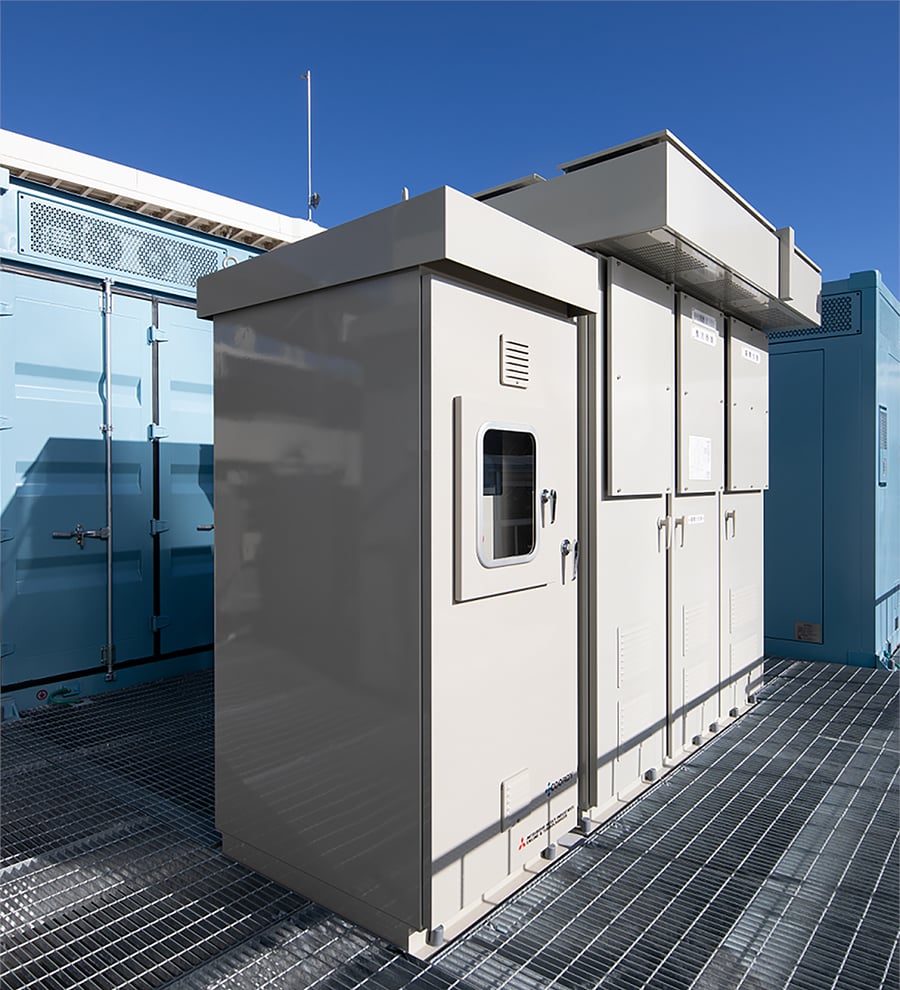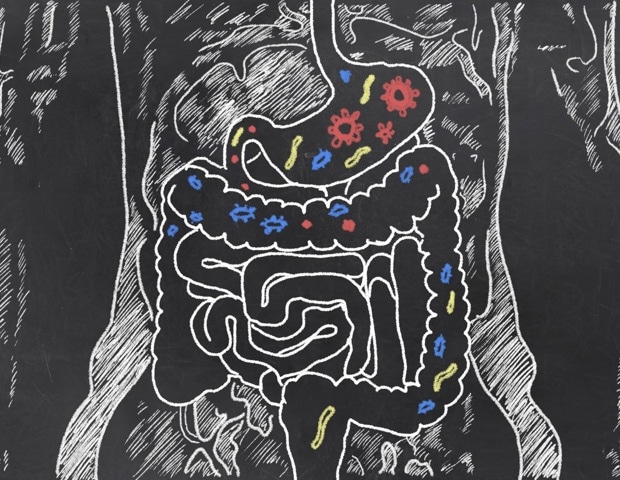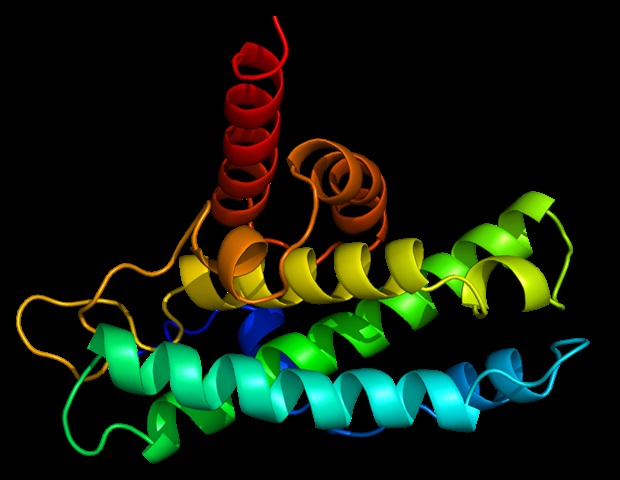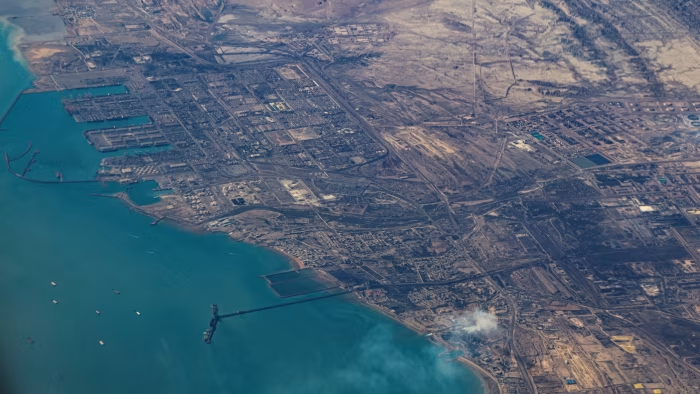Tokyo, October 10, 2025 – Mitsubishi Heavy Industries Engine & Turbocharger, Ltd. (MHIET) and MHI Transportation and Construction Engineering, Ltd. (MHI-TC), which are both Mitsubishi Heavy Industries (MHI) Group companies, have delivered the first “COORDY” microgrid controller enabling optimal control of multiple power sources and maximum use of renewable energy. Delivery was made to Mitsui Fudosan Logistics Park Yokohama-Shinkoyasu (MFLP Yokohama-Shinkoyasu), a large-scale logistics facility developed in Tsurumi-ku, Yokohama by Mitsui Fudosan Co., Ltd. and ENEOS Real Estate Corporation.
MFLP Yokohama-Shinkoyasu has a rooftop installation of a 2,000kW-class solar power generating facility and on-site storage batteries of roughly 2,600kWh to utilize the renewable energy. There, MHIET’s COORDY provides optimized control of three power sources; grid power, the solar power system and energy storage system (batteries). With the use of COORDY, it is expected to reduce CO2 emissions by some 40% compared to using grid power for the demand. MHI-TC was in charge of all aspects in purchasing, installation and trial operation of COORDY as well as construction of civil engineering structures. MHI Group’s total engineering capability(Note), achieved through close coordination among all Group companies, has made it possible to deliver a total package of optimal operational facilities and products with comprehensive handling of everything from civil engineering to installations of equipment, resulting in outstanding construction efficiency and total cost reductions.
EBLOX is a “Triple Hybrid” stand-alone power supply system developed by MHIET that coordinates energy from three sources: renewable energy such as solar power, a reciprocating engine generator and storage batteries. This combination allows for optimal use and stabilized control of renewable energy, which is inherently vulnerable to fluctuations. Since 2019, this system has been in operation as a demonstration facility at MHIET’s Sagamihara Plant. COORDY, which plays the key role in EBLOX, enables response to business continuity planning (BCP) needs and provides optimized control of power from the engine generator, storage batteries and renewable energy when grid energy is unavailable due to natural disasters, etc.
By proposing EBLOX as a solution that optimally utilize volatile renewable energy for stable power supply by way of COORDY, MHIET aims to achieve low-carbon/zero-carbon society along with MHI Group’s strategic approach towards energy transition and contribute to solving diverse social challenges.
MHI-TC, through its comprehensive capabilities in civil engineering, facility construction, and plant construction and engineering, will continue to strive to contribute to an optimized and efficient sustainable society through utilization of MHI Group products and facilities.








